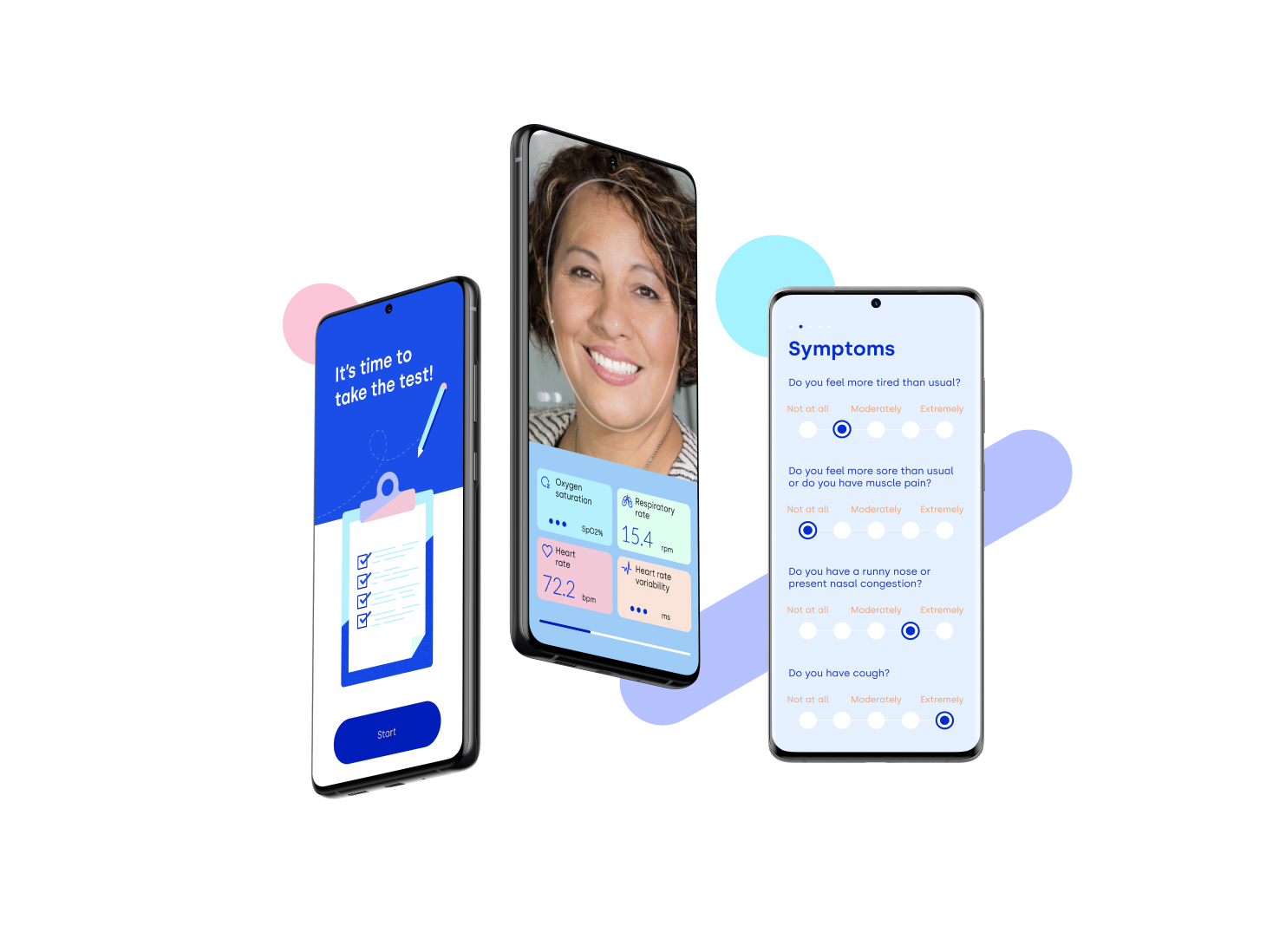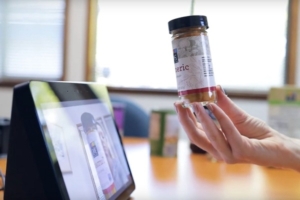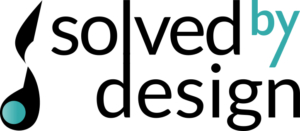2021 Theme
Design of Our Online World: Trust, Ethics and Integrity
In a short span of 30 years, the Internet has transformed our lives and reduced the world to a global village. From work meetings to medical appointments, many of our daily activities have turned virtual. We are now faced with the challenges of designing for our online world:
– How do we create trust in the online environment?
– What are the ethical implications of our designs?
– How do we design for accessibility, to ensure that everyone can use our designs?
In our theme this year, we seek to explore online design systems that are helping us stay connected, learn and grow in these transformational times. Through this theme, we aim to address important issues such as Dark patterns and Ethical design, Designing for Trust, and Diversity, Equity and Inclusion.
















